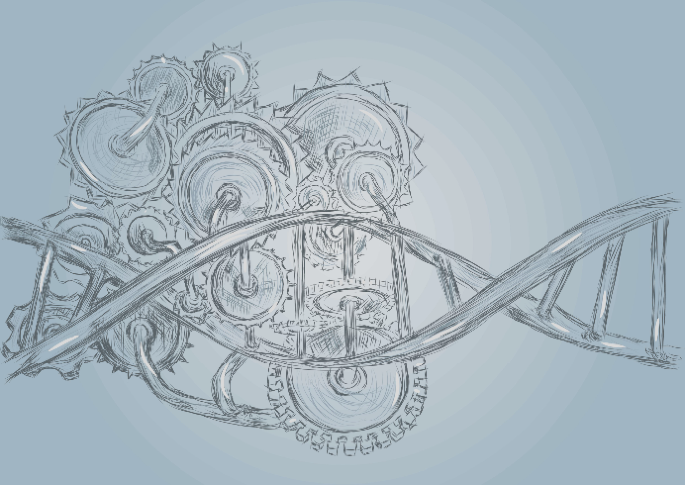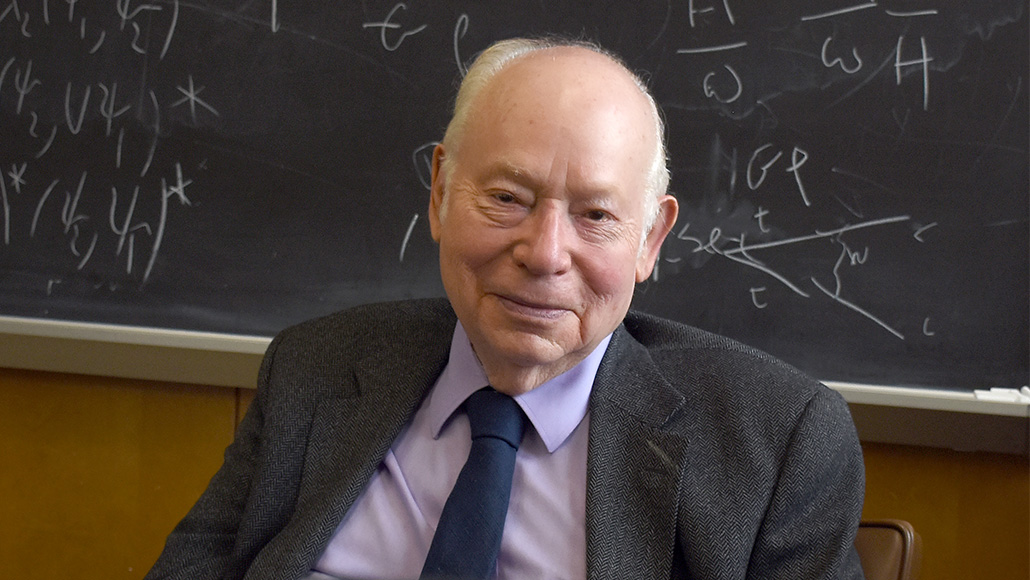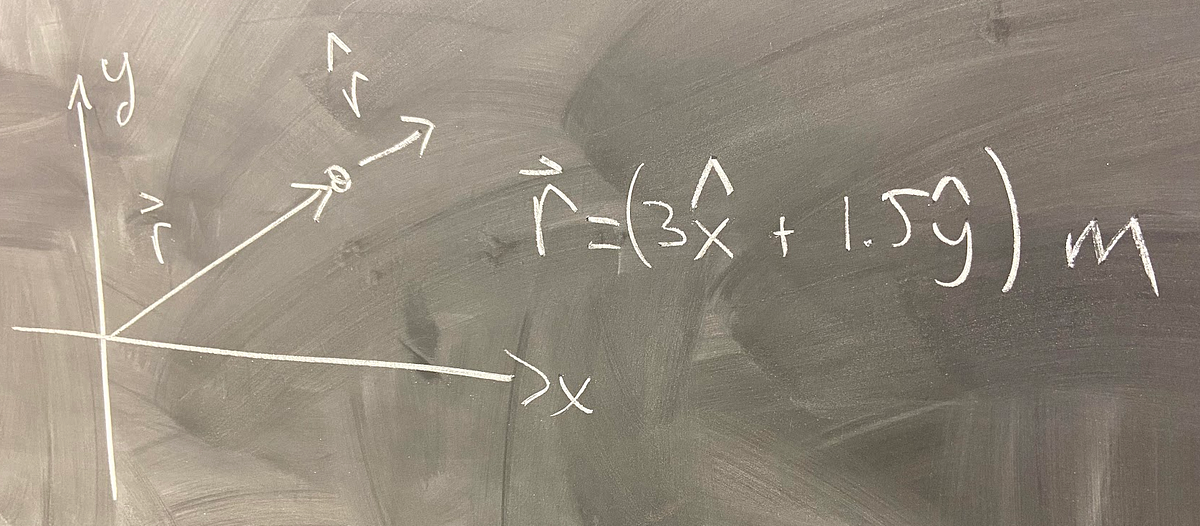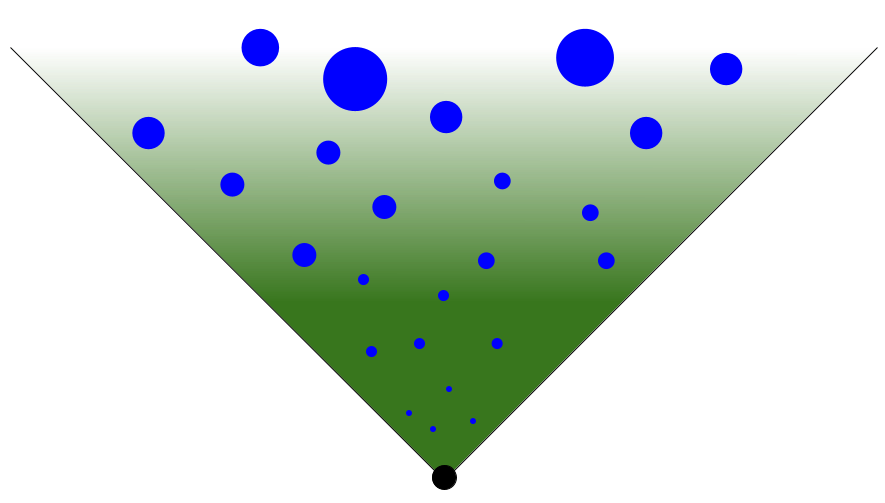
Timeless order | Nature Physics
Nature Physics volume 20, page 521 (2024 )Cite this article
Eighty years on from the publication of Erwin Schrödinger’s interdisciplinary analysis on the origin of order in living organisms — What is Life? — we look at how physicists and biologists are approaching the topic today.
Based on a series of lectures Erwin Schrödinger delivered at Trinity College Dublin, his book What is Life? The Physical Aspects of the Living Cell inspired biologists and challenged the expectations of physicists on the underlying working principles of living systems. It was published in 1944 and explored whether the statistical approach of physics can account for cellular processes in living organisms. On the occasion of its 80th anniversary, we reflect on its efforts to link biology and physics and on how scientists study these phenomena today.
Physical laws rely on order, or “order from disorder”, as Schrödinger put it1. Although Isaac Newton’s description of the planets had become a paradigmatic case of determinism by the time Schrödinger delivered his lectures, advances in statistical physics and quantum mechanics had shown that at the microscopic level lay disorder and indeterminism. Take atoms in a gas, for example. They move randomly, producing varying degrees of thermal disorder; but when averaged over large numbers, their macroscopic properties can be described by exact physical laws. One typical example is diffusion: although it can be modelled as a structured process, it stems from random Brownian trajectories of individual components.












/cdn.vox-cdn.com/uploads/chorus_asset/file/22658744/VRG05AH_210614_4634_006.jpg)




